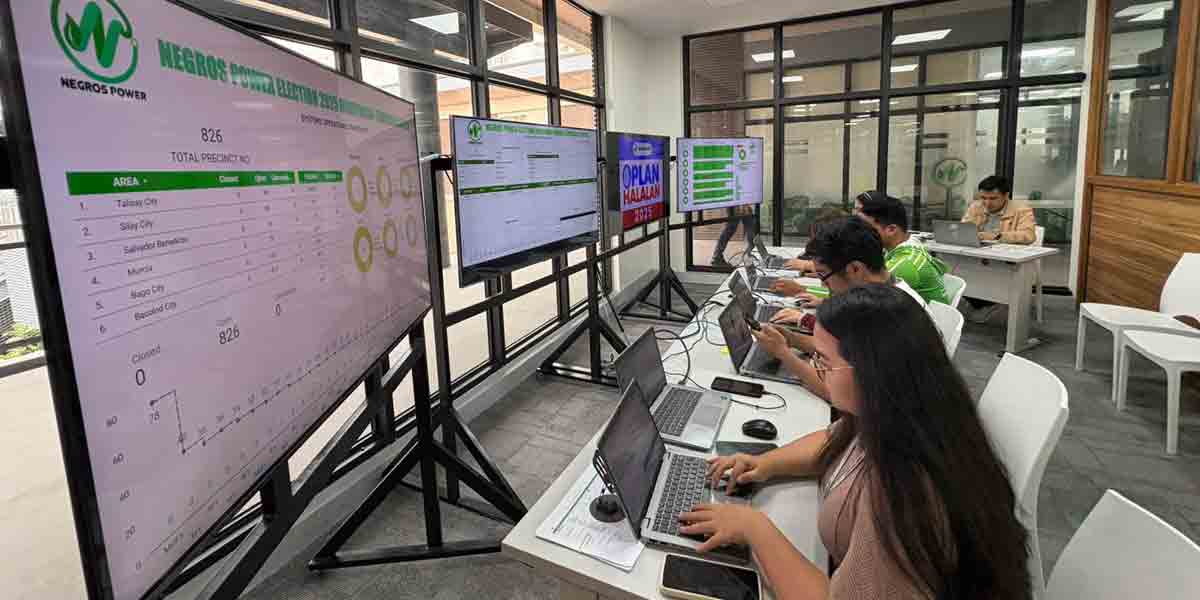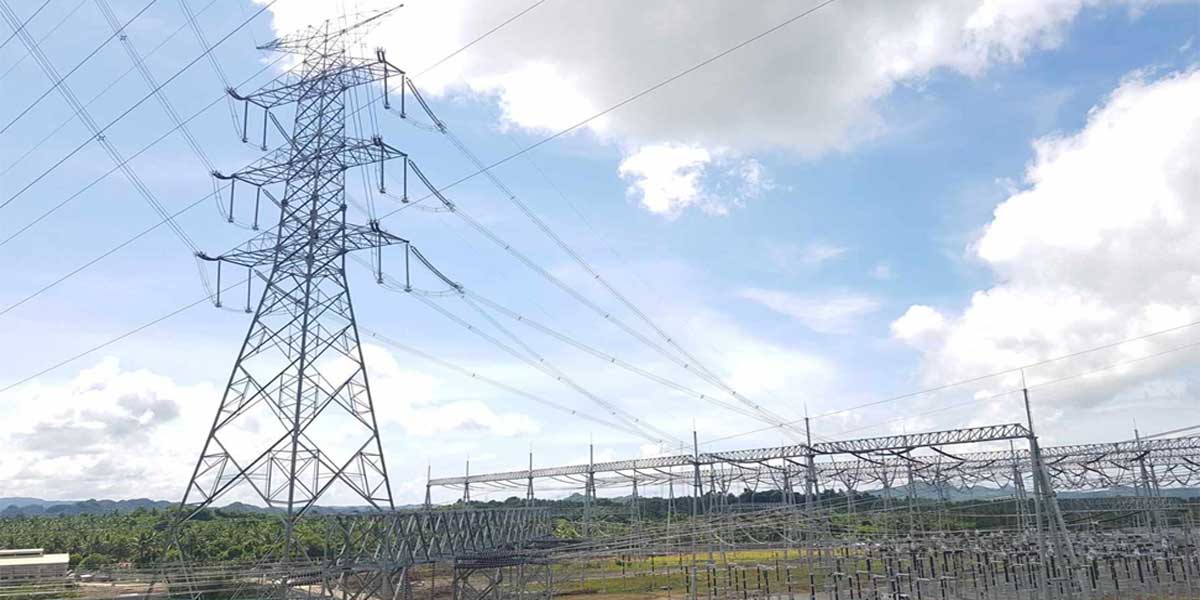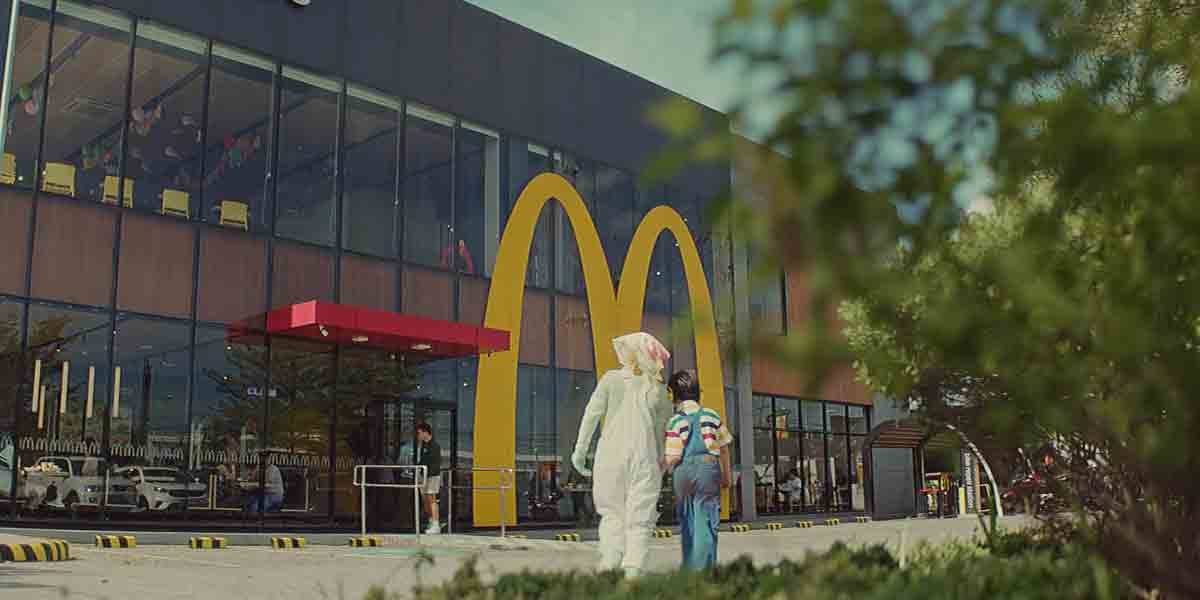 By Joshua Corcuera
By Joshua Corcuera
The bicycle, or simply bike, as we know it evolved in the 19th century, thanks to the work of several different inventors. A German baron and civil servant named Karl von Drais made the first major development when he created a steerable, two-wheeled contraption in 1817. This is the first verifiable claim for a practically used bicycle and is referred by the press during the time as Draisine. Since then, bikes have evolved and improved through the years and affect the way we commute and travel even in the 21st century.
Clearly, bikes remain important in modern times and are even encouraged as a mode of transport in 2020. With the coronavirus pandemic causing a halt to public transport — in Metro Manila at least — people are forced to commute to work through other means. Those who are privileged can travel places through their private vehicle or afford a taxi ride. While some buses and jeepneys are slowly returning to the road, though it is still far from what is normal. Hence, some people would walk for kilometers and for several minutes or even hours, just to make it to their destination.
As a response, local governments attempt to put up bike lanes to encourage people to bike to work. Prior to the pandemic, though, there are some places where bike lanes are already in place.
Iloilo has been enjoying the privilege of having a bike lane that is well taken care of. The city in Western Visayas has an eleven-kilometer bike lane on the Diversion Road and other select roads. Several of these bike lanes are marked by lines on the pavement. But the one on Diversion Road, which is a national highway, is paved and filled with plant boxes that double as a barrier protecting cyclists from motorists driving through the main road.
This highlights the adequate acknowledgment and sufficient support given to those who are walking or biking when traveling within the city. It is important for other cities not only in Metro Manila but also in other emerging and growing cities in the country, to invest as well in providing safe spaces for bikers and pedestrians.
More importantly, promoting infrastructure that is friendly to pedestrians and bikers in the long-term is helpful to encourage people to commute in an environmentally friendly way as walking or biking does not contribute to carbon emissions which is detrimental to the environment. Furthermore, heavy traffic can be eased and major roads can be decongested when more people commute through biking or walking, instead of private cars which also contribute to pollution.
Take Copenhagen for example, this city is Denmark’s capital and is home to over 700,000 people. It has been considered as the most bicycle-friendly city in the world as the majority of its population — 62% to be specific — commute through bike. The reason if why so many people bike their way to work or school in Copenhagen is hugely thanks to an extensive and well-designed system of cycle tracks.
As a result, citizens in the Danish capital are found to be healthier, according to a study from the Copenhagen City Heart Study. At the same time, the city is also widely regarded and admired for its cleanliness and less pollution partly because of their cycling culture.
With this in mind, leaders should rethink the way on how we invest in infrastructure. Moreover, it is essential to take note that there are many Filipinos who are actually considering to commute by bike to work, but are reluctant to do so due to the existing cycling infrastructure. Henceforth, we must promote spaces and structures that are inclusive for all, friendly to pedestrians and bikers, environmentally friendly, and less prone to accidents.




















